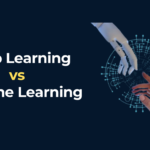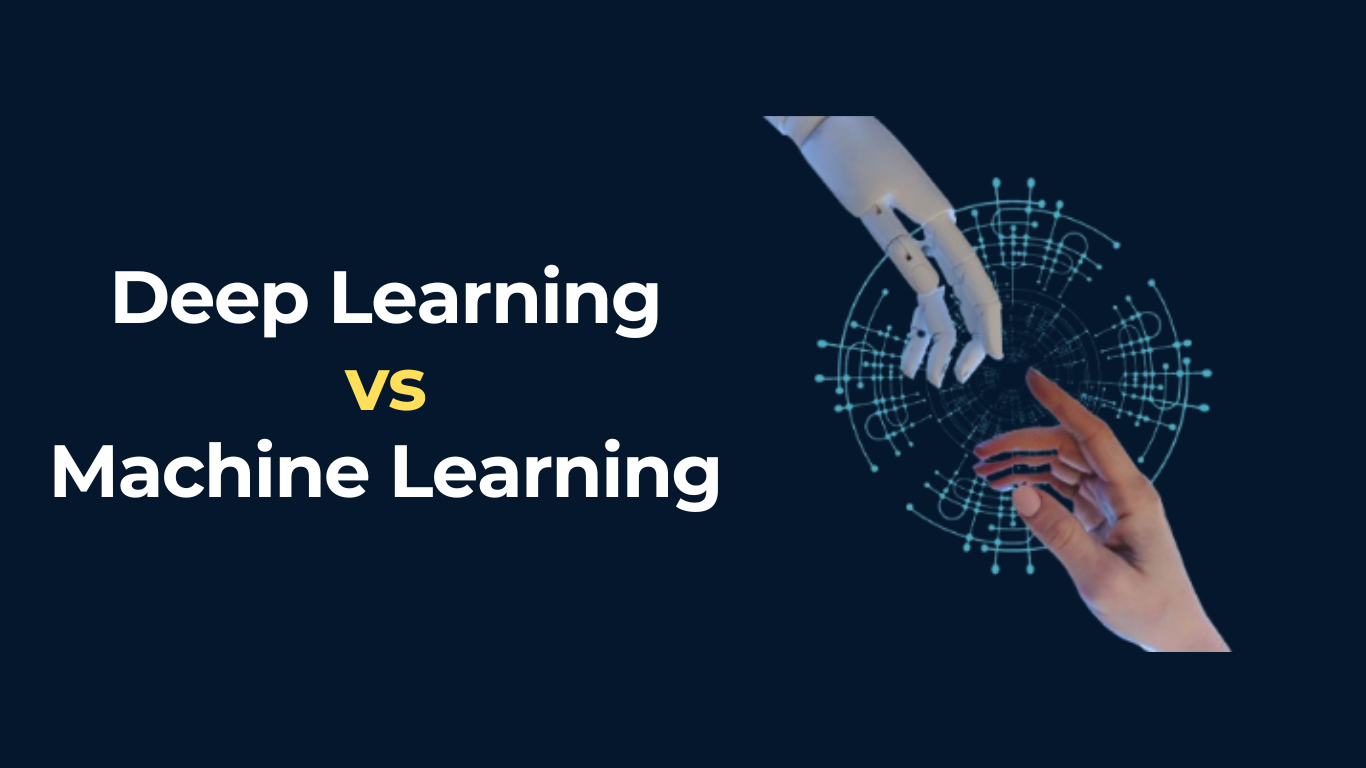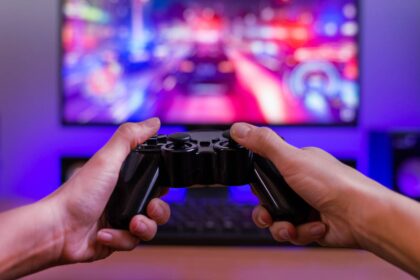Artificial intelligence is a vast and complex field with jargon, phrases, and concepts. The phrases “deep learning” and “machine learning” are often used interchangeably in the context of artificial intelligence.
In actuality, deep learning, machine learning, and artificial intelligence are separate concepts with minor variations. Therefore, learning the concepts and their distinctions should be the first step for anyone hoping to understand the term ‘artificial intelligence’.
Continue reading to learn more about the difference between deep learning and machine learning.
What is Artificial Intelligence (AI)?
Building computers and machines that can reason, learn, and behave in ways that would typically need human intelligence or that involve data whose scale exceeds what humans can evaluate is the focus of the scientific discipline of artificial intelligence. Software engineering, data and analytics, computer science, and even philosophy are all included in the broad topic of artificial intelligence (AI).
Artificial intelligence is everywhere, even if there aren’t any human-like robots attempting to take over the world. These could be something as basic as computer software that can play chess to something as sophisticated as an algorithm that can anticipate a virus’s RNA structure to develop a vaccination. To bring such innovations to life, businesses increasingly seek to hire AI developers who can create cutting-edge solutions.
What is Machine Learning?
The study of computer systems that automatically learn and adapt from experience without human programming is known as machine learning.
By hand-coding each “decision,” a programmer can use basic AI to train a machine on how to react to different inputs. Machine learning development company can use machine learning models to “train” a machine by providing data. To analyze and derive conclusions from the data, the computer follows guidelines known as an algorithm. The machine’s ability to complete a task improves with the amount of data it reviews.
Machine learning is required for a machine or program to advance independently without additional assistance from human programmers. For instance, Spotify, a music streaming service, learns your taste in music to make new recommendations. The service adjusts its algorithms to provide you with more precise suggestions each time you listen to a song to the finish or add it to your collection, indicating that you enjoy it. Netflix and Amazon use similar machine-learning algorithms to provide tailored suggestions.
What is Deep Learning?
Deep learning algorithms can improve their results through repetition without human interaction, but machine learning algorithms typically require human correction when they make a mistake. While a deep learning algorithm needs large data sets, which may include heterogeneous and unstructured data, a machine learning algorithm can learn from relatively small data sets.
Consider deep learning to be a step up from machine learning. An artificial neural network is created by layering algorithms and processing units, or neurons, using the machine learning technique known as “deep learning.” A deep learning company often utilizes these methods to solve complex problems. The architecture of the human brain served as the model for these deep neural networks. Similar to how our brains process information, data moves nonlinearly through this network of interconnected algorithms.
Deep Learning vs. Machine Learning
AI includes both deep learning and machine learning. Machine learning, to put it briefly, is AI that can adapt on its own with little help from humans. Artificial neural networks are used in deep learning, a branch of machine learning, to simulate how the human brain learns.
Look at these important distinctions.
| Machine Learning | Deep Learning |
| A portion of artificial intelligence | A portion of machine learning |
| Can train using smaller data sets | Requires large amounts of data |
| Needs more human involvement to collect and learn | learns independently from its surroundings and past errors. |
| Reduced accuracy and shorter training | Increased accuracy and longer training |
| Makes simple, linear correlations | Creates complicated, non-linear relationships |
| Can train on a CPU (Central processing unit) | Needs a specialized GPU (Graphic processing unit) to train |
Conclusion
As we’ve seen, although both disciplines are similar in that they use data to make predictions and judgments, their approaches, levels of complexity, and applications are very different. The intricacy of the algorithms and the depth of the networks utilized are frequently the main factors that distinguish Deep Learning from Machine Learning. The differences between machine learning and deep learning can be viewed as a scope, with deep learning expanding on machine learning’s core ideas while providing more advanced methods and greater accuracy for challenging tasks.














